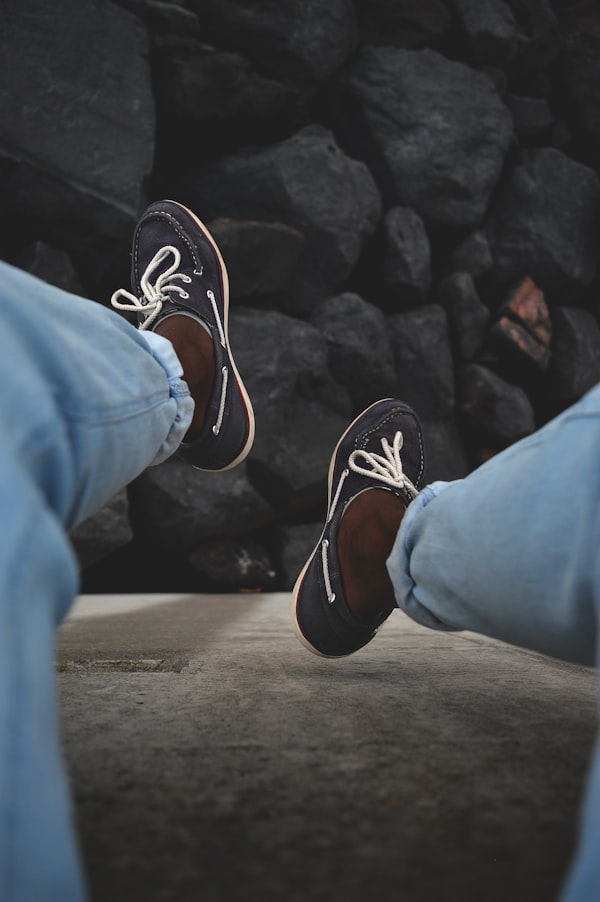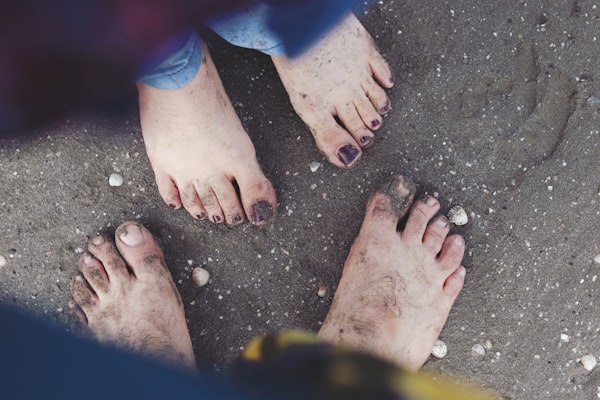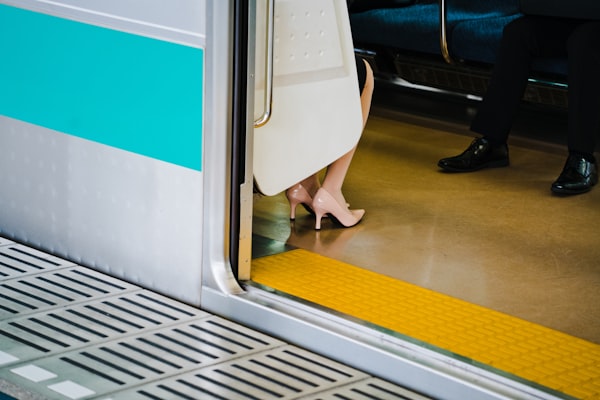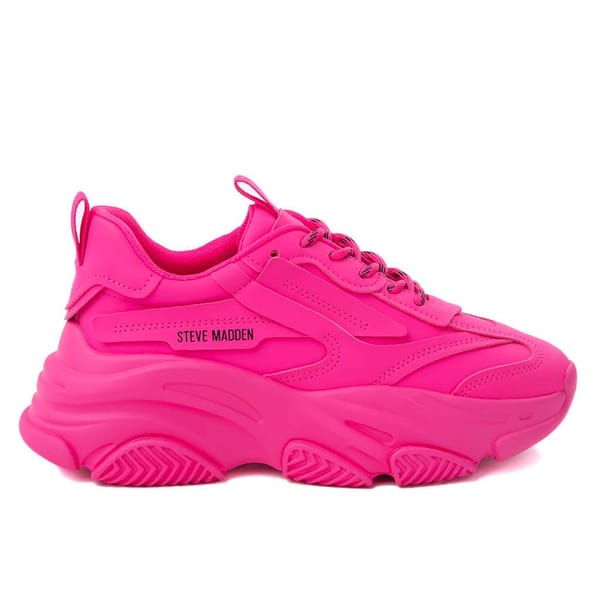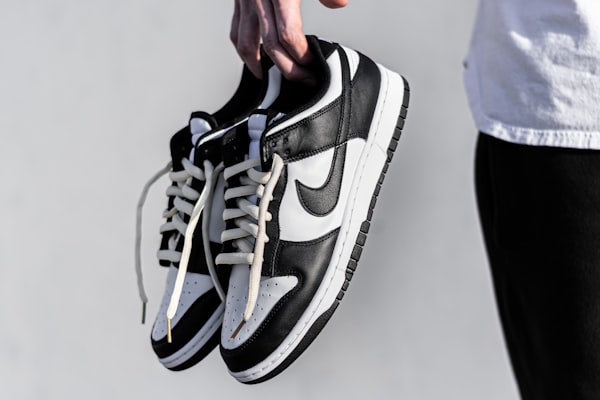Are you tired of running with shoes that feel like a medieval torture device? Do you dread the thought of breaking in a new pair of running shoes?
Fear not, fellow runners! Breaking in new running shoes doesn't have to be a painful experience. In fact, with the proper techniques and a little patience, you can have your new kicks feeling like a pair of fluffy slippers in no time.
Are you ready to say goodbye to blisters, hot spots, and discomfort that comes with new shoes? Read on for our top tips and tricks on how to break in new running shoes for maximum comfort.
With these tips and tricks in your running arsenal, you can break in your shoes like a pro and keep your feet happy mile after mile. So lace up, hit the pavement, and let's get started!
The Importance of Breaking in Running Shoes
"Do you need to break in running shoes?" is a question some may ask. Breaking in running shoes is vital for several reasons. First, new shoes can be stiff and uncomfortable, and breaking them in gradually can help prevent blisters, chafing, and other discomforts associated with new shoes. Additionally, running shoes that fit correctly and are broken in can provide the support and cushioning necessary to prevent injuries and perform optimally on the road or trail.
Factors to Consider when Breaking in Running Shoes
Breaking in running shoes can be crucial to ensure a comfortable fit and optimal performance on the road or trail. Here are some essential factors to consider when breaking in running shoes:
1. Material
Shoe material is essential when breaking in running shoes because it can significantly affect how the shoes fit and feel. Different materials have different levels of flexibility, breathability, and stretchiness, impacting how quickly the shoes will break in and how comfortable they will feel.
Leather shoes, for example, tend to be more durable and stretchy than synthetic shoes, making them easier to break in and more comfortable in the long run. However, leather shoes can also stretch too much over time, causing them to become too loose or even fall off during a run. On the other hand, synthetic shoes may take longer to break in, but they can provide more consistent support and structure.
Mesh and other breathable materials can also be helpful when breaking in running shoes. These materials can help keep your feet cool and dry during runs, preventing blisters and other discomforts associated with sweaty feet. However, if the shoes are too breathable, they may not provide enough support or protection for your feet.
Ultimately, the best material for running shoes will depend on your preferences and needs. However, choosing shoes made from high-quality materials that provide the proper support, cushioning, and breathability for your feet is essential.
2. Fit
Shoe fit is one of the most critical factors when breaking in running shoes because it can significantly impact your comfort and performance during runs. Too tight or loose shoes can cause discomfort, blisters, or injuries. In addition, they may not provide the necessary support and stability for your feet.
When breaking in running shoes, it's vital to ensure they fit correctly. This means that they should be snug but not too tight, with enough room in the toe box for your toes to move freely without being cramped or curled. The shoe heel should also fit securely without slipping or rubbing against your skin.
It's important to remember that different brands and models of running shoes may fit differently, so it's a good idea to try on several pairs before making a purchase. Trying on running shoes later in the day is also a good idea, as your feet tend to swell and expand throughout the day.
In addition to finding the right fit, it's also important to gradually break in new running shoes. This means wearing them for short periods at first and gradually increasing the length and intensity of your runs as your feet and shoes adjust.
3. Intended Use
Shoe intended use is an essential factor to consider when breaking in running shoes because different running types require different shoes. For example, road running shoes tend to have a more cushioned sole and be more lightweight, while trail running shoes tend to have more support and a more durable sole.
If you plan on doing a lot of road running, it's important to choose shoes that provide enough cushioning and support for the road's hard surface. On the other hand, if you plan on doing a lot of trail running, choosing shoes that provide enough support and protection for uneven terrain is essential.
When breaking in running shoes, it's essential to consider the intended use and ensure that the shoes are appropriate for your running type. Wearing shoes that are not appropriate for the intended use can cause discomfort, pain, or even injuries.
It's also important to remember that different brands and models of running shoes may have different features better suited for different types of running.
4. Break-In Period
The shoe break in period is an essential factor to consider when breaking in running shoes because it can significantly impact your comfort and performance during runs. New running shoes can be stiff and uncomfortable, and it's essential to allow time for the shoes to conform to the shape of your feet and for the material to soften.
When breaking in running shoes, it's essential to take a gradual approach. This means wearing the shoes for short periods at first and gradually increasing the length and intensity of your runs as your feet and shoes adjust. This process can take several weeks or months, depending on the shoe and your needs.
It's important to be patient during the shoe break in period and not rush the process. Wearing new shoes for too long or too often before fully broken in can cause unnecessary pain or discomfort. However, it's also important not to wait too long to break in new shoes, as shoes sitting in a box for too long can become stiff and less pliable.
By gradually allowing enough time for the shoe break in period, you can help ensure a comfortable fit and optimal performance on the road or trail. However, it's important to remember that the break in period may vary depending on the shoe and your needs, so it's essential to listen to your body and adjust accordingly.
5. Techniques
Technique is essential when breaking in running shoes because it can help you achieve a comfortable and customized fit. Several methods can help break in running shoes, including stretching, massaging, and wearing them around the house.
One common technique for breaking in running shoes is to wear them around the house for short periods. This can help the shoes conform to the shape of your feet and help prevent blisters or other discomforts when you start running in them.
Stretching and massaging the shoes is another technique that can help soften the material and achieve a more customized fit. This can be done by applying pressure to the shoes in certain areas, such as the heel or toe box, or using a stretching device explicitly designed for running shoes.
It's important to remember that not all techniques may work for all shoes or all individuals. Therefore, listening to your body and adjusting your strategy is essential. It's also important not to overstretch or over-massage the shoes, as this can cause unnecessary damage to the material.
By using the proper technique and taking the time to break in running shoes, you can help ensure a comfortable and customized fit. This can help prevent blisters, chafing, and other discomforts associated with new shoes, as well as help improve your performance on the road or trail.
6. Care
Shoe care is an essential factor to consider when breaking in running shoes because it can help prolong the life of the shoes and maintain their performance and comfort. Proper shoe care can also help prevent damage or wear and tear during the break in period.
One crucial aspect of shoe care is cleaning and maintaining the shoes. Running shoes should be cleaned regularly to remove dirt, sweat, and other debris that can build up and cause odor or damage to the material. This can be done by using a mild detergent and warm water to gently scrub the shoes, being careful not to use too much pressure or to soak the shoes for too long.

Another vital aspect of shoe care is storing the shoes properly. Running shoes should be stored in a cool, dry place away from direct sunlight or other sources of heat or moisture. This can help prevent the material from becoming brittle or damaged and prevent the growth of bacteria or other harmful substances.
Finally, it's crucial to replace running shoes when they become worn or damaged. This can help prevent injuries or discomforts associated with worn-out shoes and help maintain optimal performance and comfort.
Considering all these factors when breaking in running shoes, you can help ensure a comfortable and long-lasting fit. This can help prevent discomfort or pain during the break in period, as well as help improve your performance on the road or trail.
Common Pitfalls to Avoid when Breaking in Running Shoes
Breaking in running shoes can be a frustrating process, and there are several common pitfalls that you should avoid to ensure a comfortable and successful experience. Here are some common pitfalls to avoid when breaking in running shoes:
1. Skipping the Break-In Period
One of the biggest mistakes you can make when breaking in running shoes is skipping the break in period altogether. New shoes can be stiff and uncomfortable, and it's essential to allow time for the shoes to conform to the shape of your feet and for the material to soften.
2. Overdoing It
Another common pitfall is overdoing it during the break in period. Wearing new shoes for too long or too often can cause unnecessary pain or discomfort and may lead to injury. It's important to start slowly and gradually increase the length and intensity of your runs as your feet and shoes adjust.
3. Wearing the Wrong Size
Wearing too tight or loose shoes can cause discomfort, pain, or even injury and may not provide the necessary support and stability for your feet. Therefore, it's crucial to ensure that your running shoes fit correctly and to try on several pairs before making a purchase.
4. Not Considering the Intended Use
Not all running shoes are created equal, and different running types require different shoes. Therefore, choosing shoes appropriate for the intended use, whether road running, trail running, or something else, is essential.
5. Neglecting Shoe Care
Proper shoe care is vital for maintaining the performance and comfort of your running shoes. Neglecting shoe care can lead to damage or wear and tear that may occur during the break in period.
By avoiding these common pitfalls and taking a gradual and patient approach to breaking in your running shoes, you can help ensure a comfortable and successful experience. Remember to take the time to find the right fit, choose shoes that are appropriate for the intended use, and care for your shoes properly.
How Long Does It Take to Break in Running Shoes?
The amount of time it takes to break in running shoes can vary depending on the individual, the shoe, and the extent to which they need to be broken in. Generally speaking, it can take a few days to several weeks to fully break in a new pair of running shoes.
During the break in period, it's important to gradually increase the length and intensity of your runs as your feet and shoes adjust. It's also important to listen to your body and adjust your technique or approach if you experience pain or discomfort.
Some factors that can influence how long it takes to break in running shoes include the type of material they are made of, the intended use, and the fit of the shoes. Leather shoes, for example, tend to be more stretchy and may break in quicker than synthetic shoes. Similarly, shoes intended for road running may break in faster than shoes designed for trail running.
Ultimately, the best way to determine how long it will take to break in your running shoes is to listen to your body and take a gradual and patient approach. Doing so can help ensure a comfortable and successful experience on the road or trail.
What to do if Running Shoes are Still Uncomfortable
Despite your best efforts to break in your running shoes, there may still be times when you don't feel comfortable. Here are some additional tips for breaking in running shoes, as well as some suggestions for what to do if you're still uncomfortable:
1. Adjust Lacing
Try adjusting the laces of your shoes to achieve a more customized fit. For example, if you're experiencing discomfort in the heel area, try lacing your shoes tighter around the heel.
2. Use Moleskin
Moleskin is a type of adhesive padding that can help protect your feet from blisters and other discomforts. If you're experiencing hot spots or blisters, try using moleskin to help reduce friction.
3. Get New Insoles
Sometimes, the insoles in your shoes may not provide enough support or cushioning for your feet. Consider replacing them with high-quality insoles that are designed specifically for running shoes.
4. Consult with A Specialist
Consider consulting with a specialist if you've tried various methods and still don't feel comfortable. A podiatrist or shoe specialist may be able to provide additional insight and help you find a solution.
5. Consider Replacing the Shoes
If your shoes still don't feel comfortable after trying various methods, it may be time to consider replacing them. Running shoes typically last between 300-500 miles. So if you've already put significant mileage on your shoes, it may be time to invest in a new pair.
Remember, breaking in running shoes is crucial to ensure that they fit comfortably and perform optimally on the road or trail. Being patient, stretching and massaging your shoes, and trying different methods to achieve a customized fit can help ensure running shoes are comfortable and supportive for your feet.
Tips from Our Editors
Generally, it's a good idea to replace your running shoes every 300-500 miles, regardless of whether or not they feel broken in. This is because the cushioning and support in the shoes can wear out over time, leading to discomfort or injury.
On a Final Note
Congratulations, fellow runners! You're now a pro at breaking in running shoes like a boss.
With your trusty techniques and newfound patience, you can say goodbye to the discomfort of new shoes and hello to the bliss of happy feet.
Now, go forth and conquer those miles with confidence. And without feet feeling like they are trapped in a medieval torture device.
Related Articles











